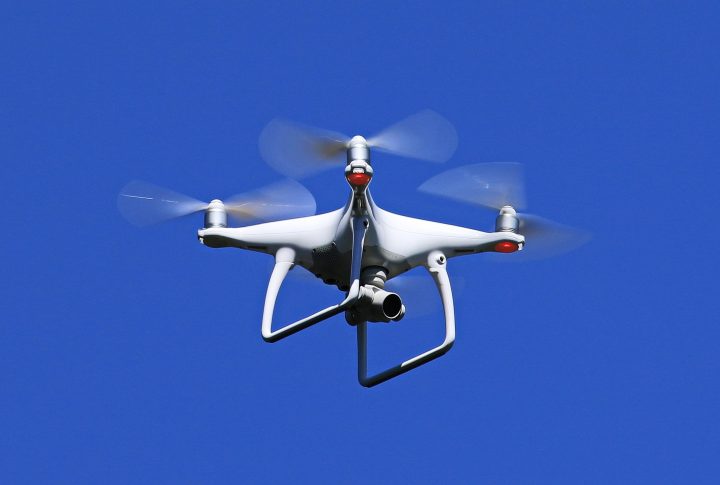The rapidly growing use of deadly drones is profoundly shaping state and armed groups’ capacities to wage war. It could have significant regional security implications. In a new report, titled Violent Skies, peace organization PAX conducted research on the use of drones in the wars in Yemen and Ukraine. At least 40 different drones from 12 different countries have been deployed. It’s time to control drones, according to PAX.
Warfare is changing drastically due to the use of drones: even groups that previously had little access to intelligence can now easily track their enemies and eliminate them from a distance. Many innocent people fall victim to this.
The report Violent Skies demonstrates how all actors involved have quickly learned how to make use of drones in all shapes and sizes in their military operations. The outcomes of the report paint a disturbing picture. Remote lethal force with armed drones is being used in conflicts all over the world, spurred by burgeoning drone industries and States seeking to expand their geo-political and military influence with drone sales and support operations.
US, Iran, China, Saudi Arabia, Russia…
Yemen has become notorious as the country where the US began its clandestine drone killing program, with armed drones targeting suspected terrorists, yet often killing civilians. Meanwhile, the Houthis have deployed long and short range drones built with the support of Iran, carrying out attacks on civilian infrastructure in Saudi Arabia and the United Arab Emirates. The latter countries have also stepped up drone strikes utilizing Chinese-made armed drones against Houthi targets. Furthermore, in Ukraine, the army and its volunteer brigades had to quickly develop their own domestic drone industry as Russian-backed separatists in the country were supported by Russian drones that gave them an initial advantage in reconnaissance and targeting in the war in the Donbas region.
The findings in this report are based on open-source research analyzing drone incidents in these armed conflicts, which demonstrates the relative speed and ease with which armed forces and militant groups are capable of developing and deploying drones. The use of drones by the warring parties in these conflicts has boosted their situational awareness of the battlefield, helping them to more easily track and target their enemies. Drone technology has also improved capacities to deliver deadly payloads with more precision over a longer distance against a wide range of military and civilian targets.
Prevent drones from ending up in the wrong hands
These drone developments warrant concern for other conflicts, today and in the near future, particularly as they are already shaping other current conflicts in North Africa and Syria. While military drone use is growing, robust action by States to develop clear standards and norms on the export and use of armed drones is lacking. Instead, States seek to undermine existing arms export control agreements in order to sell more drones, fearing competition. Drones and drone-related technology are imported from all over the world and assembled locally, blurring the distinction between military and civilian drone technology. “The reality is far ahead of the necessary international regulation and norms on the use and export of lethal drone technology,” states Wim Zwijnenburg, author of the report. “The case studies demonstrate not only how militaries and armed groups heavily rely on drones, but how decisive they can be in contemporary warfare. Their effectiveness has resulted in rapid proliferation from both civilian and military markets, while existing export controls are limited in scope and participation to effectively prevent drones from ending up in the wrong hands.”
PAX wants this research to serve as a reference for states and international policymakers at the 75th UN General Assembly. “States are too passive and seem to lack any sense of urgency in trying to tackle legal and policy challenges around the proliferation and use of military and civilian drone technology in conflicts,” according to Zwijnenburg. “More swift action by states is needed to ensure that international legal frameworks are upheld. Civilians must be protected against expanding use of lethal force with drone in and outside armed conflicts.”
PAX would like to further reiterate the recommendations the 2020 report by the UN Special Rapporteur on Extrajudicial, Summary or Arbitrary Executions. These include that states should “establish a transparent multilateral process for the development of robust standards in the use of drones” and “identify and strengthen legal norms and accountability mechanisms”.
-Download the Violent Skies report.






